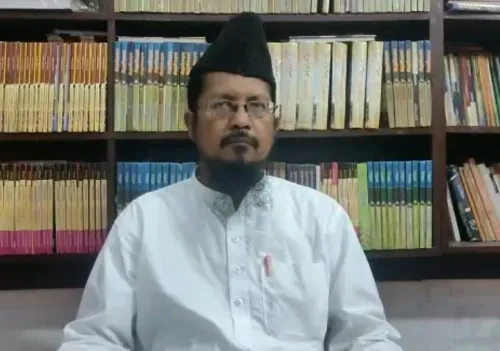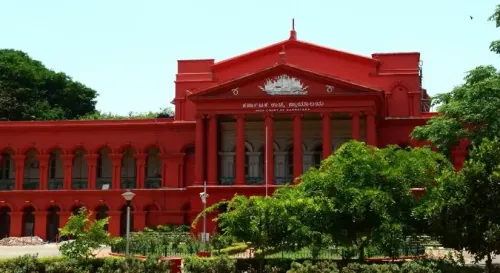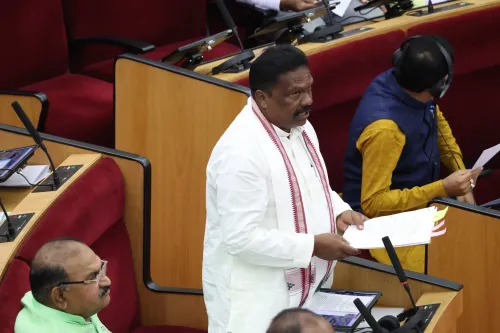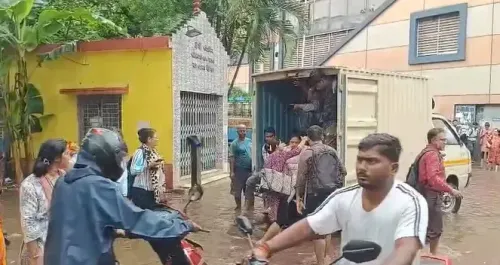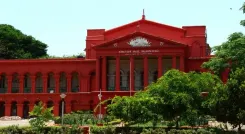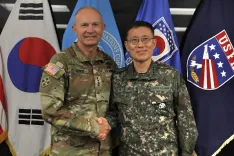CM Lalduhoma Calls for Unity Among Mizos to Safeguard Traditions
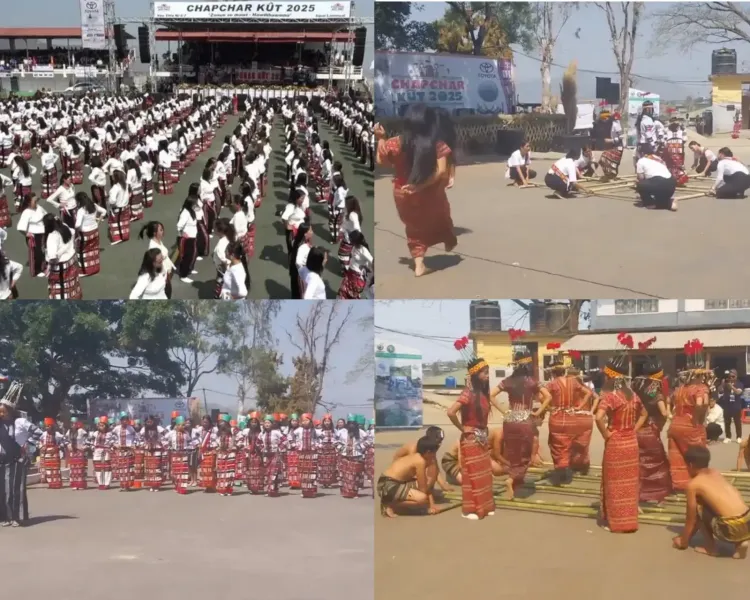
Synopsis
Key Takeaways
- Preservation of Mizo traditions is vital.
- Hawihhawmna symbolizes respect in Mizo culture.
- Social harmony requires mutual understanding and support.
- Cultural festivals like 'Chapchar Kut' celebrate Mizo heritage.
- Youth play a crucial role in festival preparations.
Aizawl, March 8 (NationPress) Mizoram Chief Minister Lalduhoma on Friday highlighted the importance of safeguarding the cultural heritage of Mizo ancestors, specifically the practice of Hawihhawmna, which embodies respect through both speech and actions.
The Chief Minister attended the state's premier cultural event, 'Chapchar Kut', and was present on the inaugural day of the two-day celebration at the Assam Rifles ground in Aizawl as 'Kut Pa' (Father of the Festival).
While addressing the gathering, Lalduhoma underscored that values such as respect for the elderly, altruistic service, mutual understanding, and assistance during challenging times are essential for fostering social unity and harmony.
He also reflected on the wisdom of Mizo ancestors, which continues to offer significant insights for community welfare and economic advancement.
Mizoram's Art and Culture Minister C. Lalsawivunga took on the role of 'Kut Thlengtu' (Host of the Festival).
This year's 'Chapchar Kut' theme, 'Zo Nun Ze Mawi-Hawihhawmna' (The Beautiful Zo Behaviour--Respect for Others), emphasized the significance of respect as a fundamental value within Mizo culture.
The festivities showcased dynamic cultural performances from various soloists and groups, including the Mizo Cultural Organisation, MZP Choir, Young Mizo Association, Art and Culture Department, PC Girls' School, Assam Cultural Troupe (NEZCC), Nagaland Cultural Troupe (NEZCC), Fiji Cultural Troupe (ICCR), Bawm Cultural Troupe, and Hmar Cultural Troupe.
The evening culminated with lively performances by music bands, making the festival a vibrant display of Mizo culture and heritage.
'Chapchar Kut' literally translates to a festival celebrated during the time when the bamboos and trees cut down are waiting to dry before being burned for jhumming (slash and burn agriculture).
During this short hiatus in jhumming, Mizo ancestors had ample leisure time.
They utilized this time for activities like hunting, fishing, and more.
The Chapchar Kut festival originated sometime between 1450-1600 A.D. when Mizo ancestors settled in Lentlang.
In earlier times, the festival could extend for several days, with well-defined traditions leading up to the grand celebration.
Each villager had a specific role to fulfill; notably, the youth were heavily engaged in every phase of preparation and the festival proceedings.
Designed as a celebration of joy, all disputes within the community were to be resolved, and even quarrels between married couples were considered taboo during the festival.
An abundant supply of meat and home-brewed liquor was essential to uplift spirits.
The community danced away their worries and celebrated joyously all night long. This encapsulates how the Mizos celebrated Chapchar Kut in ancient times when they were still in their pagan beliefs.

